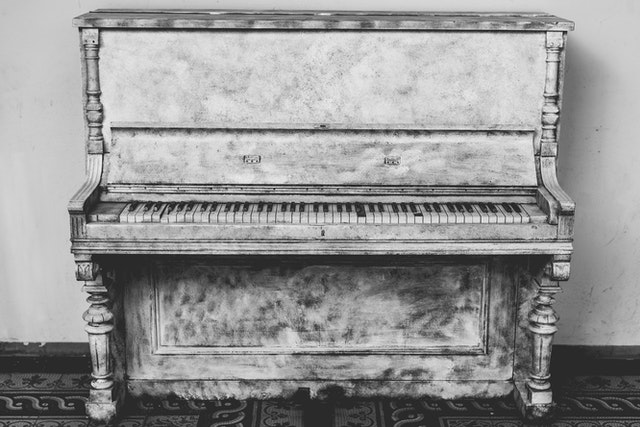Fragile, heavy, and intricately shaped, moving a piano seems a daunting task. Weighing between 300 to 1000 pounds, moving it might require the help of a professional mover. Besides, a piano is one of the most valuable and delicate items in a person’s belongings. A quality piano costs between a few thousand to $100,000.
Hence, it is important to handle this instrument with extra care. If your piano is exceptionally large or there are steep stairs or narrow alleys involved, you should get the help of someone having experience of moving pianos.
Getting professionals to move your piano is strongly recommended. You can also consider using a pickup and storage service. However, you can also do it with the help of your friends in case you can afford to hire professionals. Here are a few things to consider when moving a piano:
- Measure the Dimensions
Take the measurements of a piano as well as the path you will move it along before actually starting the move. Measure the dimensions of doorways, hallways, and stairwells to ensure that the piano can be transported easily.
Moreover, the size of the piano determines the nature of logistics. For instance, an upright piano will have different moving needs because of different dimensions than a grand piano. Hence, you should always measure the piano before moving it. This way, you can avoid getting stuck in the fourth round of stairs or in a hallway.
- Acquire the Right Equipment
Piano dollies, padding, and straps (both moving and weight-lifting) are the must-haves when it comes to moving the piano. They will save you from pulled muscles, scratched instruments, dented railings, and scuffed walls. The specific supplies you need for moving a piano depend on the type of piano:
Grand Piano: It is the horizontal piano. You will require special equipment like a piano skid board or piano board to transport this instrument. The board needs additional padding and strapping. You need to make sure that its size is right for your piano.
Upright Piano: For this kind of piano, you are going to need piano dollies.
It is prudent to use moving pads on the areas of the piano that are exposed to scratches like keys or corners. These pads prevent damages like scuff marks on the instrument’s surface.
The dolly is used to reduce the amount of weight and make it easy for you to lift and move the piano. The moving straps are fastened after putting the piano on the dolly to secure it. You might also need other supplies like work gloves, plastic wrap or dense blanket/cloth, heavy-duty tape, and ramp.
Now, How to Do the Actual Work?
Now that you have taken the measurements and gathered all the required supplies, it is time to do the actual work, i.e., move the piano. Here is how to do it:
Lock the Keyboard
The first step while moving the piano is to close the keyboard lid and lock it. Doing this will prevent it from opening and thus keep the fragile keys protected. If the lid does not lock, ensure that it remains closed while you wrap the instrument. Avoid using tape to keep the lid closed, as it can damage the wood surface.
Wrap
Use the padding or blankets to wrap the piano. Focus on protecting the corners and use a packing tape to secure the blanket. However, the tape should not touch the instrument’s surface. Moreover, be it a blanket or padding, it should be thick enough to protect the piano from bumps.
Hoist
After wrapping the piano thoroughly, hoist it onto the dolly using weightlifting straps. The piano should be in the center of the dolly and be secured with rope or straps. Now move it on the cleared path to the exit. Do not lift by its legs, as they are the most vulnerable. Moreover, keep the instrument in an upright position; avoid laying on its side.
Two persons should be placed on each side of the instrument. The moving straps should be fastened under the piano’s bottom with one strap on each end. Now, the piano is ready to be hoisted onto the dolly. If you have to move the instrument down or up a staircase, set up a ramp before you start transporting it.
After slowly moving it along the staircase, secure the instrument in the truck. Preferable, it goes at the back of the truck, next to the back wall.
Move In
Decide the place of your piano in the new home, preferably against an inside wall so that it is safe from damp and cold. Reverse all the above steps to move it in.

